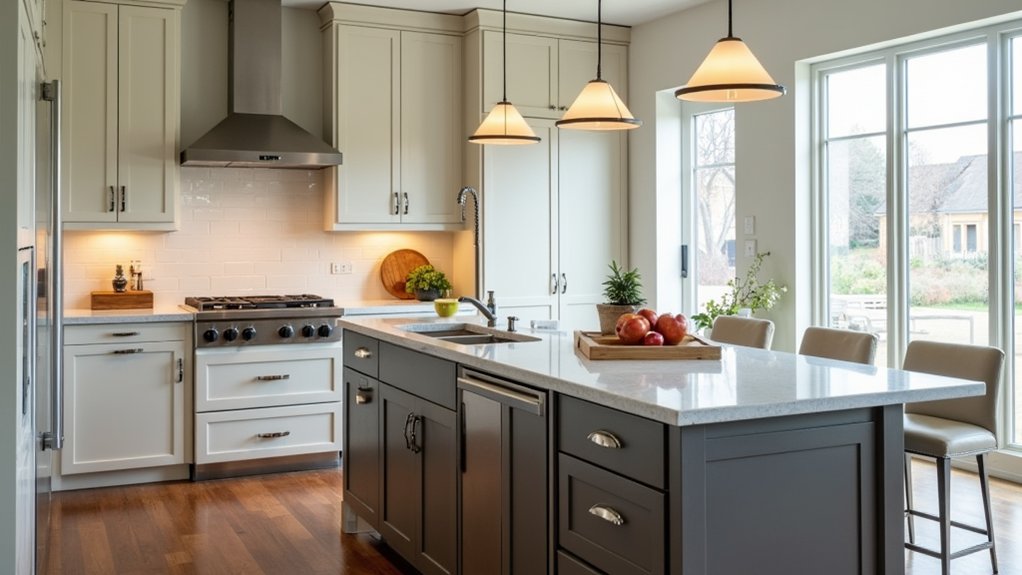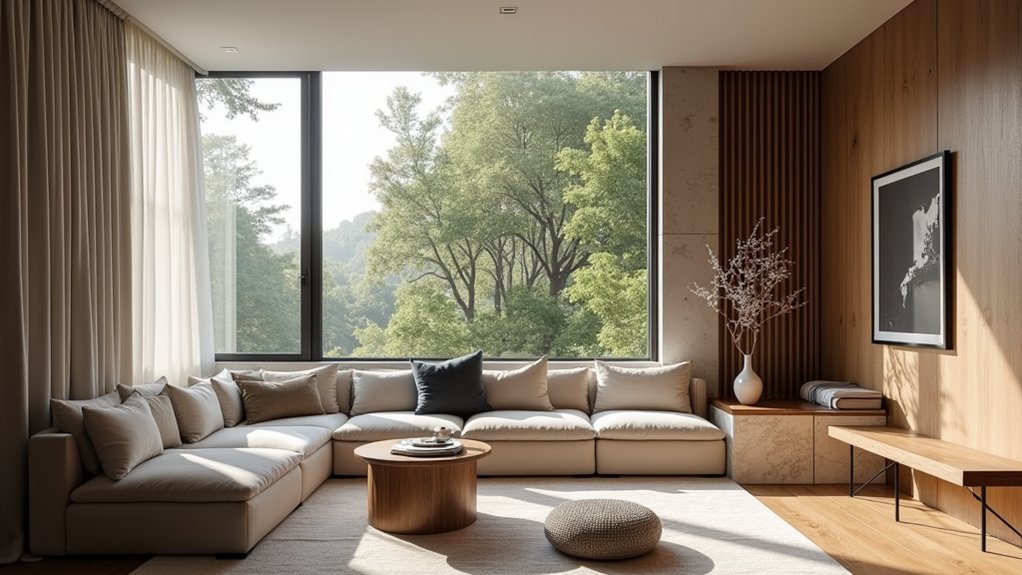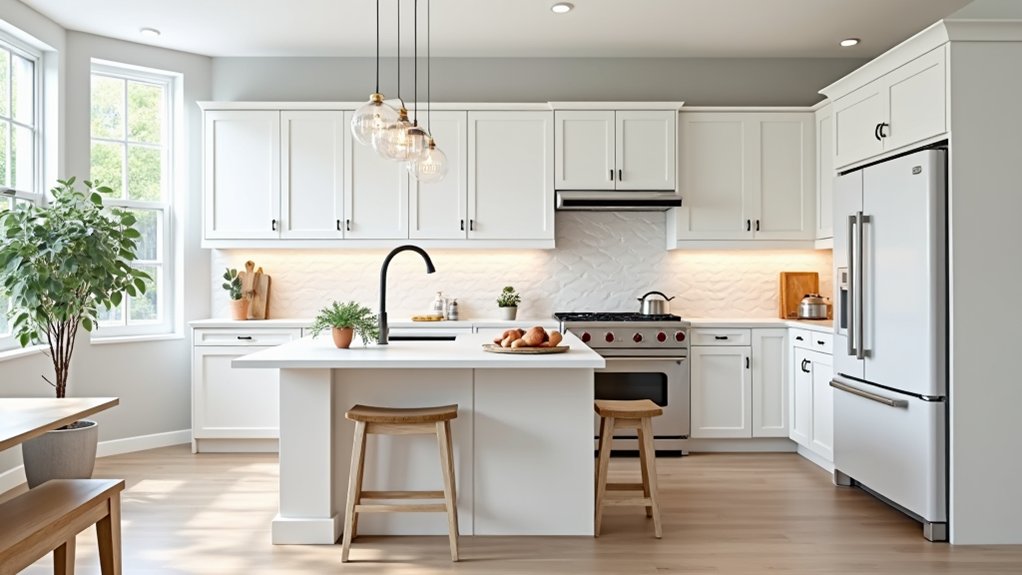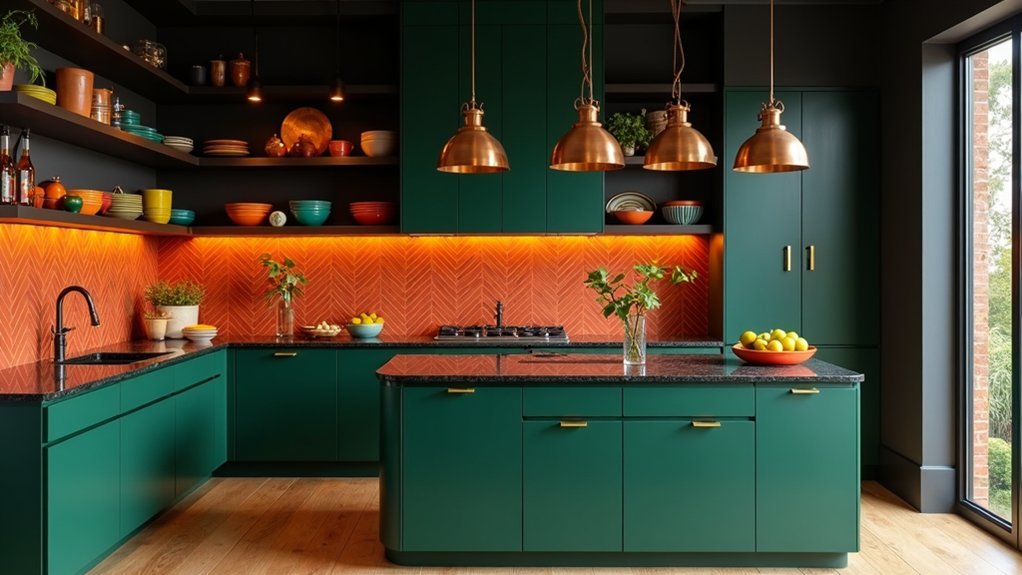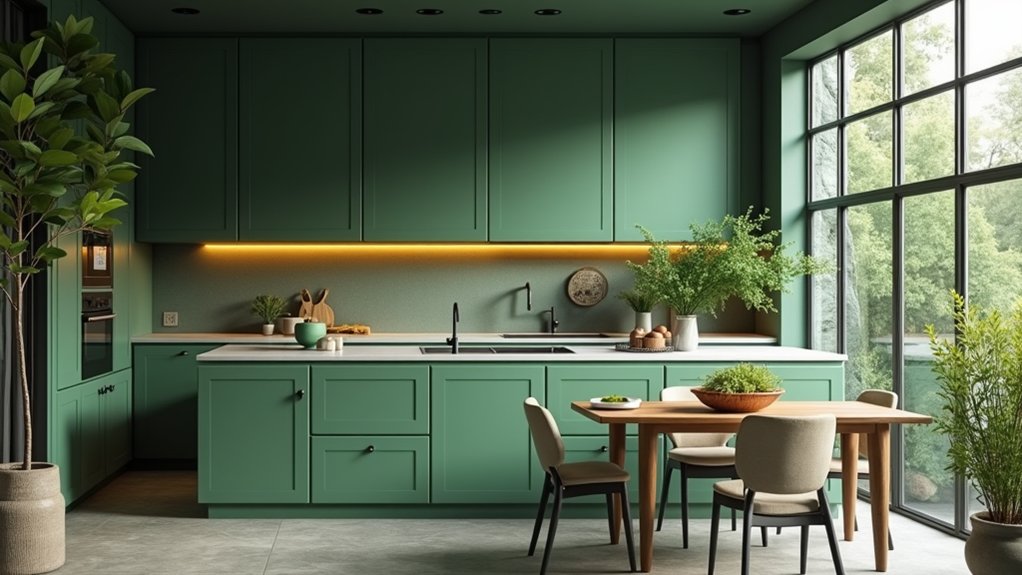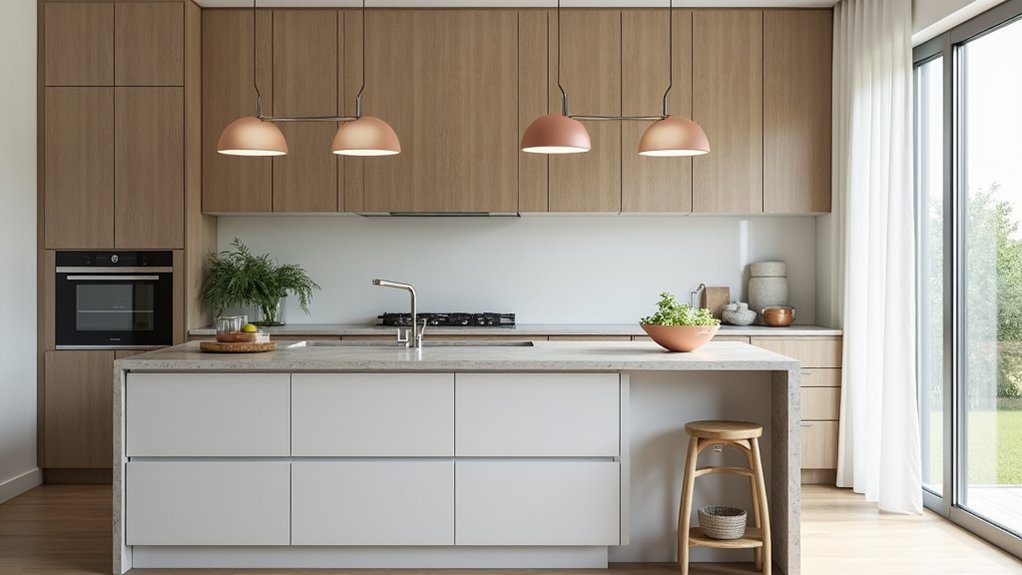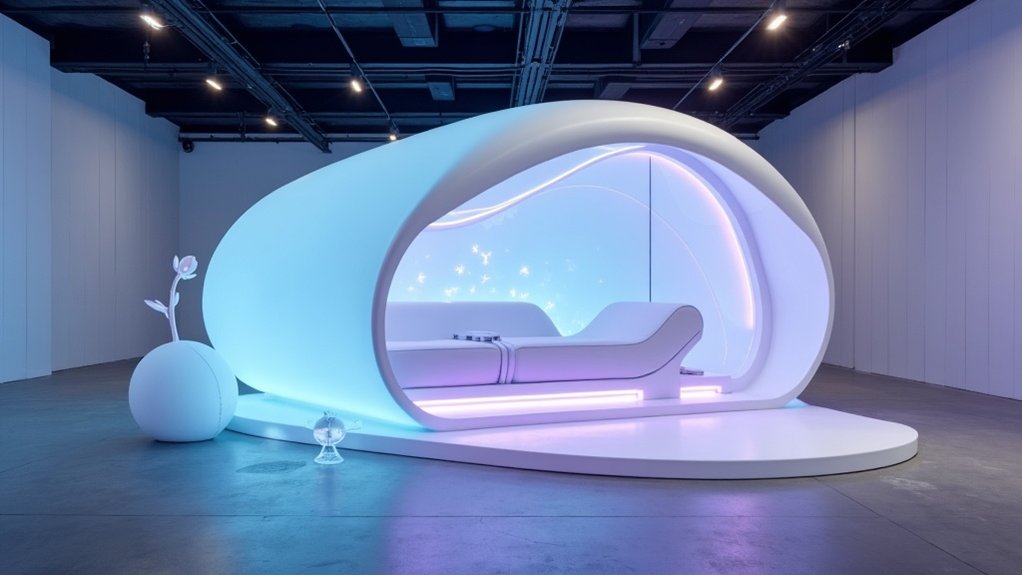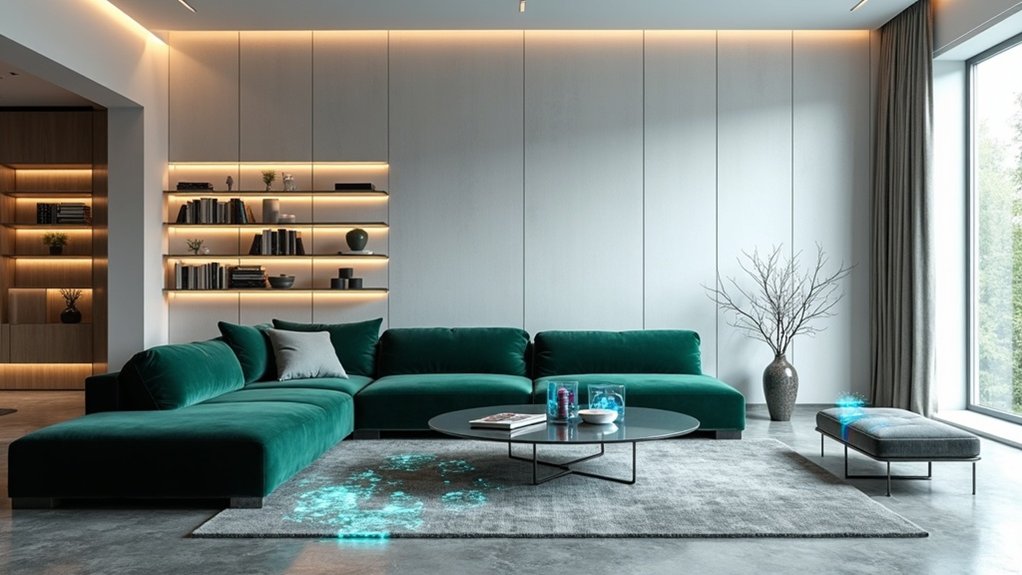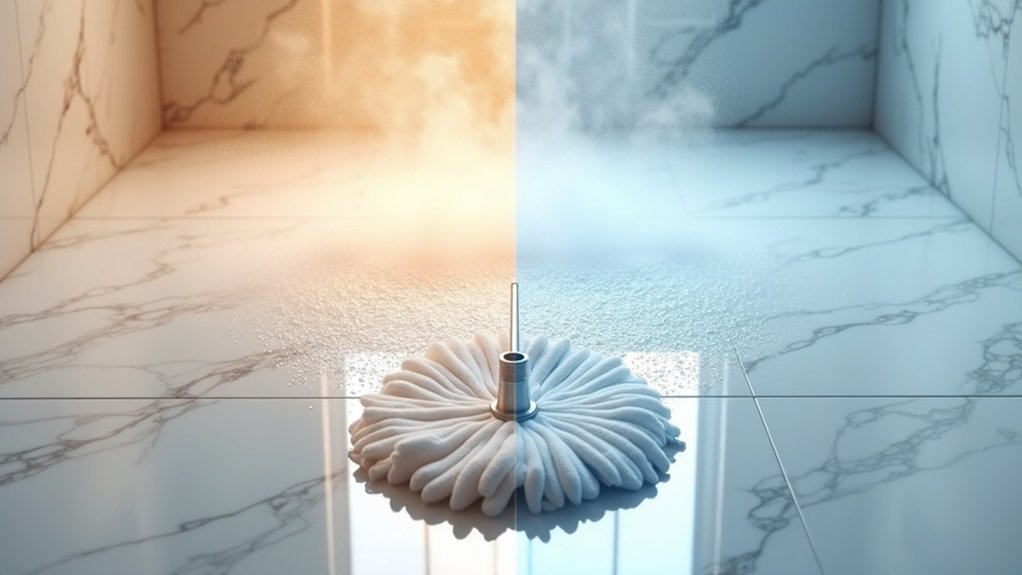While kitchen design trends continuously evolve, certain once-popular styles are rapidly falling out of favor with both designers and homeowners in 2024.
Interior design experts are particularly adamant about moving away from the perfectly polished, showroom-style kitchens that dominated the past decade, pointing out that these spaces often feel sterile and unwelcoming rather than functional and lived-in. A lived-in luxury approach with high-end appliances creates a more authentic atmosphere. Additionally, the integration of smart storage systems can enhance both functionality and aesthetic appeal in modern kitchens.
The era of uniform, high-gloss cabinetry is drawing to a close, with designers advocating for more varied and natural materials.
“We’re seeing a significant shift away from the ultra-modern, glossy finishes that were once considered the height of luxury,” remarks kitchen designer Sarah Matthews. “Today’s homeowners are embracing warmer textures and mixed materials that tell a more personal story.”
Orange-toned wood, a remnant of early 2000s design, has fallen particularly out of favor. This dated finish is being replaced by natural wood tones that showcase authentic grain patterns and create a more sophisticated aesthetic.
Likewise, the once-popular shabby chic style, with its deliberately distressed furniture and pastel palette, is being phased out in favor of more refined, timeless approaches. Designers are now favoring decorative hardware over minimalist handleless designs that often present functionality issues.
The trend toward clinical, all-white kitchens is furthermore declining.
Design professionals are instead embracing deeper colors, mixed materials, and thoughtful combinations of open and closed storage solutions.
“The key is creating balance,” explains architectural consultant Michael Chen. “We’re incorporating elements like honed stone countertops, hand-glazed tiles, and unlacquered brass fixtures that develop character over time.”
Perhaps most significantly, the obsession with ultra-modern, technology-forward kitchens that prioritize sleekness over functionality is waning.
While smart technology remains important, it’s being integrated more subtly into designs that emphasize sustainability and practicality.
Homeowners are increasingly seeking kitchens that combine modern convenience with traditional warmth, moving away from the stark, minimalist approaches that dominated recent years.
This shift reflects a broader trend toward creating spaces that feel both contemporary and timeless, rather than adhering to passing fads.
